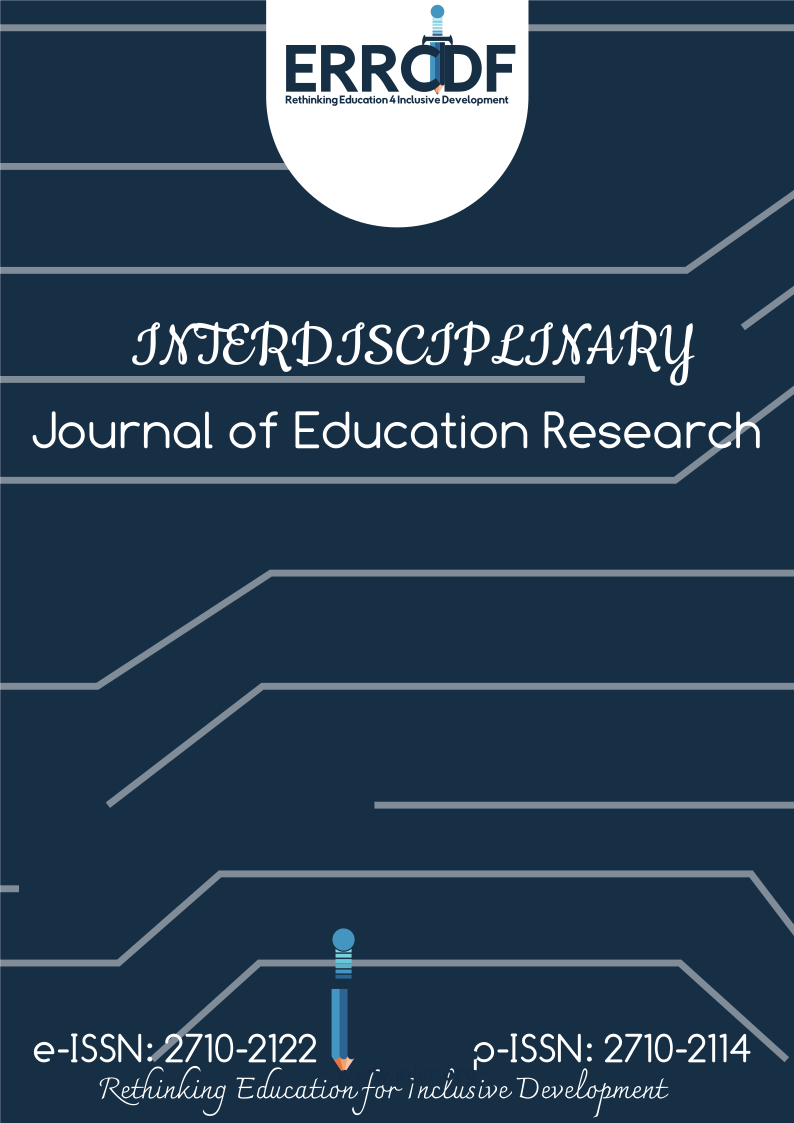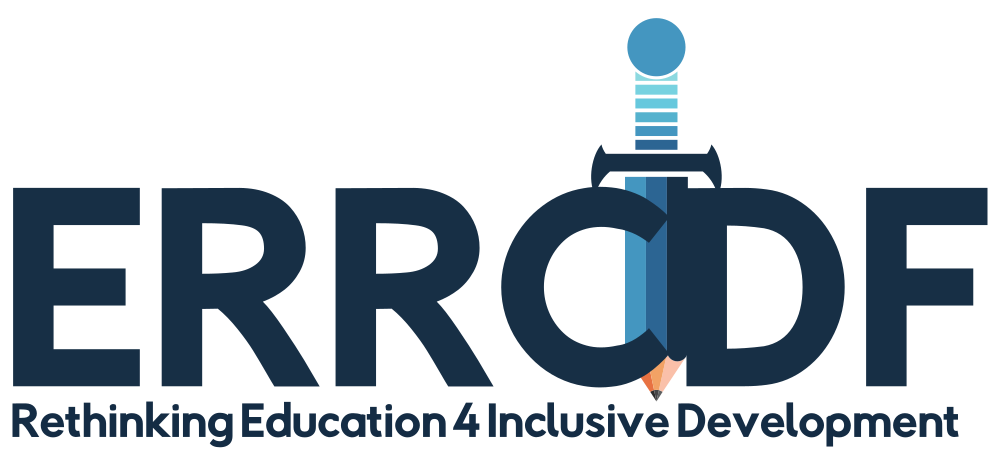Curriculum reform-necessity for emerging VUCA worlds to enhance pre-service teachers’ pedagogy
DOI:
https://doi.org/10.38140/ijer-2024.vol6.s1.05Keywords:
VUCA worlds, artificial intelligence, digital skills, coding and robotics, high institutionsAbstract
The economic meltdowns across countries are exacerbated by COVID-19 and its aftermath, which bear the brunt of perennial devastations characterised by abject poverty. Although somewhat peculiar, higher institutions of education (HIE) have modified learning and teaching strategies to accommodate the deleterious effects of COVID-19. Conversely, while adapting, the emergence of artificial intelligence (AI) necessitates that HIE reprioritises a plethora of factors, including pedagogies. This approach catalyses the comprehension of volatile, uncertain, complex, and ambiguous (VUCA) environments in economic sectors. Hence, this paper aims to evaluate the use of pre-service teachers’ AI skills and digital pedagogy at universities to determine the need to reform the curriculum for the purposes of navigating the VUCA world. Likewise, critical theory is utilised to understand the necessity of digital skills for pre-service teachers to enable HIE’s adaptation to VUCA environments. This mixed-method study involves purposively sampling 12 participants for interviews and randomly sampling 78 participants for surveys. Using critical discourse analysis, the data is analysed to postulate nuances of perspectives. The findings depict that, despite universities adapting to innovative methods, particularly AI, there is a paucity of AI content and infrastructural development that enables pre-service teachers to acquire the digital competencies and skills needed to teach robotics, coding, and maritime studies. Overall, digital skills are below average; hence, the paper recommends that universities reform their curricula to stimulate digital skills that reflect the requisite capabilities of digitalisation and AI to withstand the VUCA world.
References
Ajani, O. A., & Gamede, B. T. (2021). Curriculum delivery and digital divide in South African higher institutions during the COVID-19 pandemic: A case of social injustice. International Journal of Innovation, Creativity, and Change, 15(8), 590-603.
Chama, A. (2023). Digital literacy skills of teachers: A study on ICT use and purposes. Qeios, 27, 1-28. https://doi.org/10.32388/7VMIK7
Davies, H. C., Eynon, R., & Salveson, C. (2021). The mobilisation of AI in education: A Bourdieusian field analysis. Sociology, 55(3), 539–560. https://doi.org/10.1177/0038038520967119
Department of higher education and training. (2023). The state of transformation in South Africa’s public universities-research report. https://helm.ac.za/wp-content/uploads/2023_State_of_Transformation_in_Universities_TOC-DHET_FULL_REPORT.pdf
Ding, H., Gao, R. X., Isaksson, A. J., Landers, R. G., Parisini, T., & Yuan, Y. (2020). State of AI-based monitoring in smart manufacturing and introduction to focused section. IEEE/ASME Transactions on Mechatronics, 25(5), 2143-2154. https://doi.org/10.1109/TMECH.2020.3008372
Dube, B. (2020). Rural online learning in the context of COVID-19 in South Africa: Evoking an inclusive education approach. REMIE: Multidisciplinary Journal of Educational Research, 10(2), 135-157. https://doi.org/10.17583/remie.2020.5607
Hove, B., & Dube, B. (2022). What now for the Zimbabwean student demonstrator? Online activism and its challenges for university students in a COVID-19 lockdown. International Journal of Higher Education, 11(2), 100-108. https://doi.org/10.5430/ijhe.v11n2p
Hur, C. (2019). An inquiry for the future direction of education in South Korea through critical pedagogy and bricolage. Ammattikasvatuksen Aikakauskirja, 21(3), 46-55.
ITU. (2021). Measuring digital development—Facts and figures 2021 (No. 978-92-61-35401–5; p. 31). International Telecommunication Union Development Sector. Retrieved from https://www.itu.int/en/ITUD/Statistics/Documents/facts/FactsFigures2021.pdf
Johansen, B., & Euchner, J. (2015). Navigating the VUCA world: An interview with Bob Johansen. Research-Technology Management, 58(1), 10-15. https://doi.org/10.5437/08956308X5801003
Kamp, A. (2020). Navigating the landscape of higher engineering education: Coping with decades of accelerating change ahead. Delft University of Technology Edition, 4TU. Centre for Engineering Education, Delft, Netherlands.
Kaul, V., Enslin, S., & Gross, S. A. (2020). History of artificial intelligence in medicine. Gastrointestinal Endoscopy, 92(4), 807-812. https://doi.org/10.1016/j.gie.2020.05.010
Khanzode, K. C. A., & Sarode, R. D. (2020). Advantages and disadvantages of artificial intelligence and machine learning: A literature review. International Journal of Library & Information Science, 9(1), 3-11.
Kinkel, S., Baumgartner, M., & Cherubini, E. (2022). Prerequisites for the adoption of AI technologies in manufacturing–Evidence from a worldwide sample of manufacturing companies. Technovation, 110, 102375. https://doi.org/10.1016/j.technovation.2021.102375
Keim, C., & Shadnam, M. (2020). Leading in an Amish paradise: Humanistic leadership in the Old Order Amish. Cross Cultural & Strategic Management, 27(3), 473–485. https://doi.org/10.1108/CCSM-01-2020-0024
Kim, S., & Quigley, C. (2020). Pre-service teacher training in coding and robotics: Perceptions and challenges. Journal of Technology and Teacher Education, 28(2), 209-234.
Latha, S., & Christopher, P. (2020). VUCA in engineering education: Enhancement of faculty competency for capacity building. Procedia Computer Science, 172, 741-747. https://doi.org/10.1016/j.procs.2020.06.096
Mahato, R. (2022). Artificial intelligence, what is it? Outcomes of best practices in classroom research.
Makudza, F., Masengu, R., & Mandongwe, L. (2022). The digital financial inclusion of micro, small and medium-sized enterprises of the COMESA region in electronic business during the COVID-19 pandemic. Manicaland State University of Applied Sciences. https://doi.org/10.13140/RG.2.2.10351.30887
Marwala, T. (2024). Artificial Intelligence and Universities: Friends or foes? Medium. https://medium.com/@tshilidzimarwala/ai-and-universities-friends-or-foes-a025bd94e540
National Institute of Communicable Diseases. (2022). COVID-19 weekly epidemiology brief: Week ending 28 May 2022. https://www.nicd.ac.za/wp-content/uploads/2022/06/COVID-19-Weekly-Epidemiology-Brief-week-21-2022.pdf
Mhlongo, T., & Nkomo, A. N. (2024). The teacher perceptions in Mpumalanga Province schools regarding the inception of coding and robotics in schools. Journal of Scientific & Technical Research, 57(1), 1-15. https://doi.org/10.26717/BJSTR.2024.57.008932
Proykova, A. (2021). Virtual science laboratories: Will they replace the physical laboratories? In Proceedings of the 12th International Conference on eLearning (pp. 23–24). Belgrade, Serbia.
Ramsetty, A., & Adams, C. (2020). Impact of the digital divide in the age of COVID-19. Journal of the American Medical Informatics Association, 27(7), 1147–1148. https://doi.org/10.1093/jamia/ocaa078
Smith, A., & Seal, M. (2021). The contested terrain of critical pedagogy and teaching informal education in higher education. Education Sciences, 11(9), Article 476. https://doi.org/10.3390/educsci11090476
UNESCO (2021). What’s next? Lessons on education recovery: Findings from a survey of Ministries of Education amid the COVID-19 pandemic. OECD Publishing. https://doi.org/10.1787/697bc36e-en
van Dijk, T. A. (2001). Multidisciplinary CDA: A plea for diversity. In R. Wodak & M. Meyer (Eds.), Methods of critical discourse analysis (pp. 95–120). Sage.
Downloads
Published
How to Cite
Issue
Section
License
Copyright (c) 2024 Tshepang Jacob Moloi, Tshele John Moloi

This work is licensed under a Creative Commons Attribution 4.0 International License.










